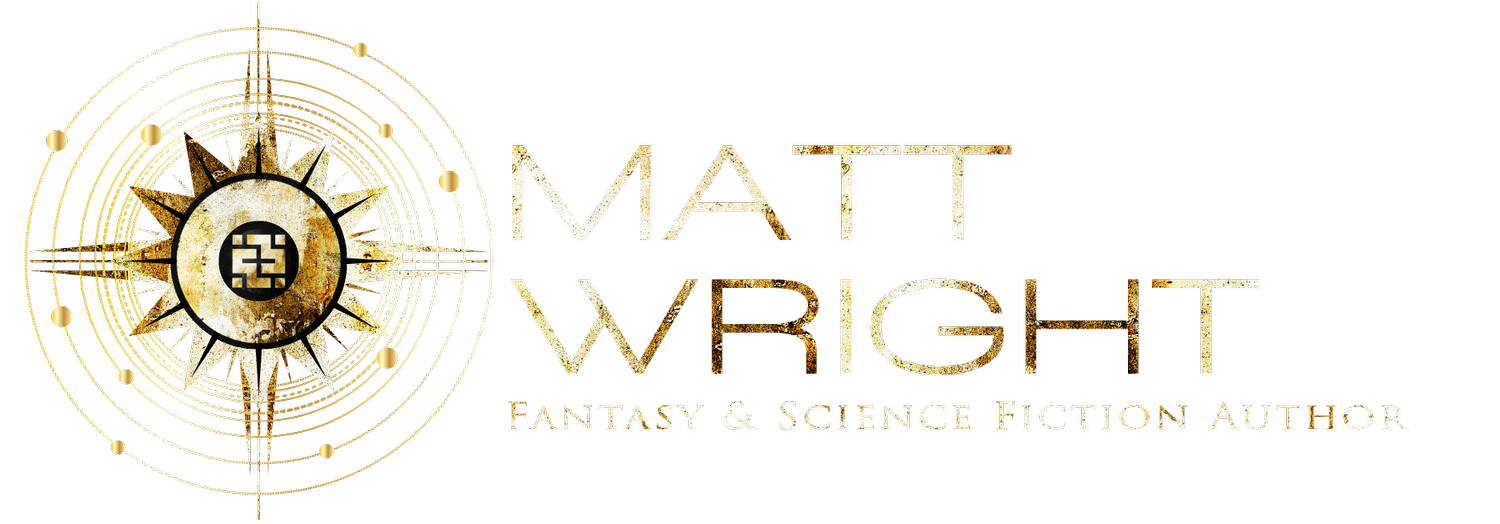On Art and Suffering
I don’t necessarily believe that art and suffering are always related, or that art always springs from the pain we experience as humans, all I’m saying is that, under certain circumstances, they certainly are close.
Recently, my dog, Bonsai, passed away. This is the second death that I’ve experienced this year alone. 2022 is turning out to be quite the year, I tell ya. You are one of the lucky ones who get to read the things of my soul.
“The world is suffering,” says Jeff Goins in his short article, Art Helps Us Deal with Suffering. “Art helps us make sense of the suffering.”
In 2019, I was at a residency for my MFA program and we were listening to a talk by a very talented poet and instructor who said the same thing, but longer and with more words. After his talk, I spoke with a friend who told me he liked the talk but disagreed with him on some things.
“Like what?” I asked.
“That all art is born of suffering and pain.”
I’ve thought back to that moment many times over the past few years as the pandemic raged across the world and hundreds of thousands of people have died because of it. And even now as Russia attempts to invade Ukraine—about six-hundred people have died (as of writing this).
Both traumatic incidents have influenced artistic communities all across the world, and it didn’t matter if they were writers or painters. One of my friends recently drew an illustration of Vladimir Putin towering over a group of Ukrainian refugees. Just the other day, I saw a mural of Putin’s face made with bullet shells. It was entitled “The Face of War.”
Now, this could just be an example of political and social events influencing art—which happens all the time. What happens when the artist experiences pain? When a close loved one passes away? When hundreds of people across the world die in a war, what does the artist do?
For that matter, what does that pain do?
Pain actually integrates with almost every system in our body. Pain becomes a part of us—and even though it may dull in time, most of us have memories of that pain that resurface.
So, is art built entirely on pain and suffering? I don’t think so. Can we use art to make sense of the suffering? Absolutely. Does it work for everyone? Probably not.
There is such a thing as “creative therapy” where patients are encouraged to create art as they deal with the problems in their life. I’m an advocate for this kind of therapy. I think it’s extremely helpful, and everyone who is suffering should at least try it to see if it works for them.
That’s what I do.
A few years back when my grandparents passed away, I had to keep writing. I had to keep creating. It was the only way I could cope with the pain of losing them. I felt much better afterward, and I was able to heal and move on.
There’s no doubt that suffering is a powerful emotion that may spark art. But it’s not the only powerful emotion that we humans experience. There is also joy, which is a far more positive emotion that artists can channel to create art—and that kind of power and energy can change the world.
Pain may remain with us, but Joy has always been what we seek after.



